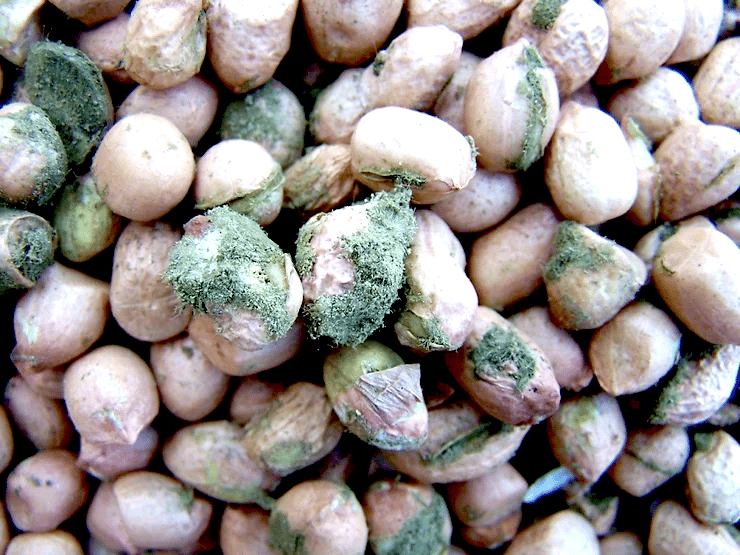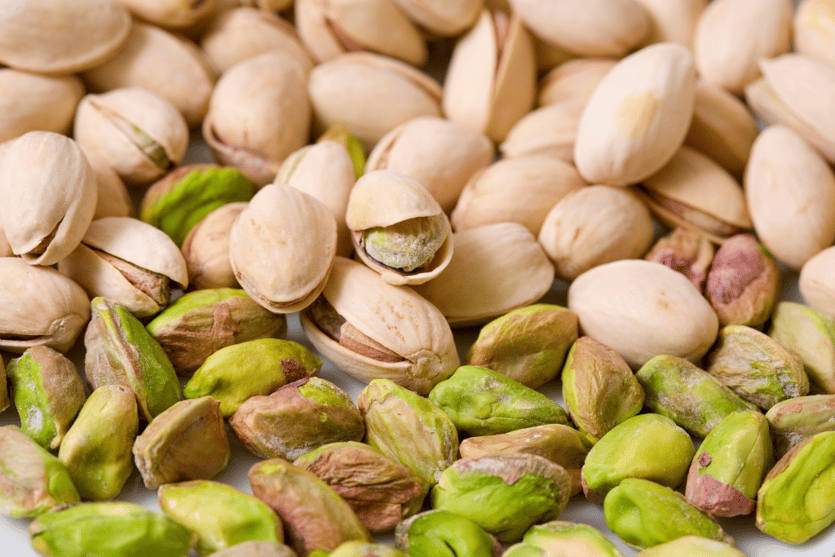How to Manage Aflatoxin Risk in Agricultural Storage
Aflatoxins are highly toxic substances produced by fungi like Aspergillus flavus that thrive in warm, humid storage conditions. Discover how Modified Atmosphere storage can help reduce contamination and protect your agricultural production.


Understanding Aflatoxins and Their Impact on Agriculture
Aflatoxins are a type of mycotoxin—toxic chemical compounds naturally produced by molds, notably Aspergillus flavus and Aspergillus parasiticus. These fungi flourish in warm, humid environments and primarily affect food and feed crops during storage. According to the World Health Organization (WHO), aflatoxins are responsible for the loss of more than 25% of global food crops each year—a staggering figure that highlights the scale of the problem.
But beyond economic losses, the health risks are severe. Aflatoxins are carcinogenic, mutagenic, immunosuppressive, and can be lethal in high doses. The most commonly monitored variants include aflatoxins B1, B2, G1, G2, and M1, often found in a wide range of commodities such as wheat, corn, pistachios, almonds, cocoa, coffee, and soybeans.
What Conditions Promote Aflatoxin Production?
Molds that produce aflatoxins require:
Temperatures between 6°C and 50°C
High moisture content (water activity above 80%)
Carbon and nitrogen-rich environments
Under certain stress conditions—such as oxidative stress, sudden temperature spikes, or contact with unsaturated fatty acids—these fungi begin producing secondary metabolites, including aflatoxins. This means that poor post-harvest handling and inadequate storage are major risk factors.


Detecting Aflatoxins in Food and Feed
Aflatoxin detection is a critical component of food safety. While HPLC (High-Performance Liquid Chromatography) coupled with mass spectrometry is the gold standard for analysis in laboratories, more portable testing methods are gaining traction. These include:
ELISA kits (enzyme-linked immunosorbent assays)
Hyperspectral imaging
Electronic noses
Molecularly imprinted polymers
New technologies aim to make aflatoxin testing faster, cheaper, and more accessible—especially for field use in farms, storage silos, and processing facilities.
Preventing Aflatoxin Contamination with Modified Atmosphere Storage
Preventing aflatoxin contamination starts before and after harvest, but post-harvest storage is particularly critical. The best practices include:
Keeping temperature and humidity low and stable
Avoiding insect infestations
Limiting oxygen exposure to halt mold development
One of the most effective and sustainable methods is Modified Atmosphere (MA) storage. By creating an oxygen-deprived and CO₂-rich environment, MA storage disrupts mold metabolism, halting aflatoxin production and preserving product quality naturally—without chemical residues.


Nox Storage Solutions: Hermetic Big Bags for Aflatoxin Control
At Nox Storage, we specialize in hermetic storage solutions designed for the agricultural sector. Our hermetically sealed big bags provide an easy and effective way to implement Modified Atmosphere storage across a wide range of commodities.
✅ No insect development
✅ No mold proliferation
✅ Preserved product integrity
✅ No chemical residue—100% organic compatible
✅ Ideal for long-term storage and transport
Our bags are already being used across France and neighboring countries to help farmers, cooperatives, and seed producers protect their valuable harvests.
Aflatoxins pose a serious threat to food safety, human health, and agricultural profitability. But with proactive post-harvest management and modern storage technologies like Modified Atmosphere, it is possible to significantly reduce the risk.
Nox Storage offers reliable, flexible, and sustainable solutions to protect your harvest—from the farm to the fork.
